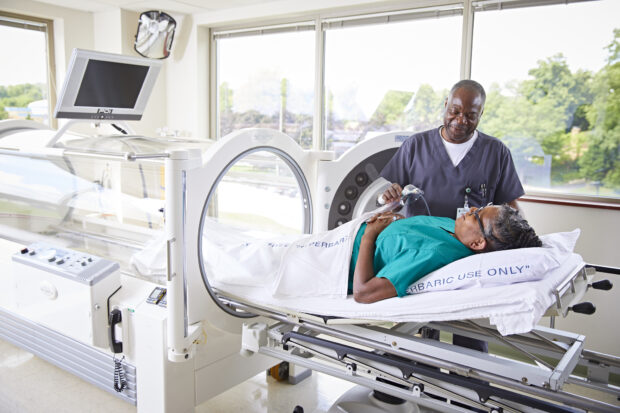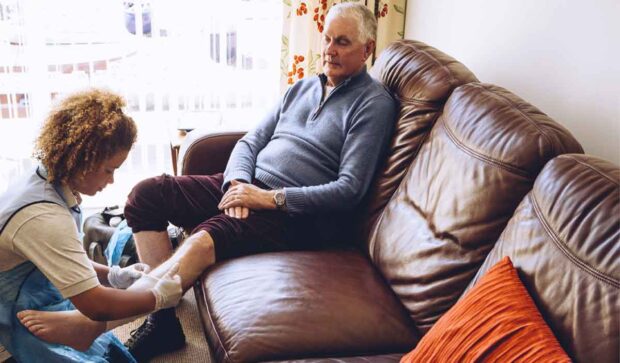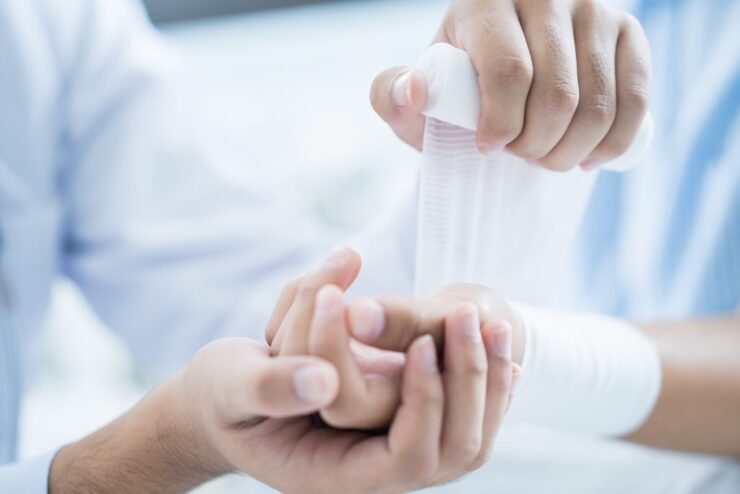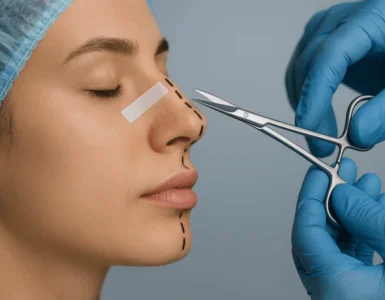Why do you need wound care? Wounds may develop for various reasons, including health conditions or injuries. Finding treatment can help improve healing and prevent complications, especially when you have slow-healing wounds. Some issues requiring wound care include venous, diabetic, and arterial ulcers. These wounds, when not treated, may lead to amputation or infections.
Bakersfield wound care specialists can help treat various wounds and restore your health. Keep reading to learn what wound care is all about.
It Begins with A Diagnosis
Your provider performs a comprehensive diagnosis to determine the cause of your wound and create a treatment plan. They review your medical history, perform a physical exam and evaluate your symptoms. Your provider observes the wound, noting the size and color to make a diagnosis. Your wound care specialist at Diabetic Foot and Wound Center may recommend the following for wound care.
Hyperbaric Oxygen Therapy

The technique increases your oxygen levels in the blood. The treatment occurs in a pressurized chamber where you breathe 100% oxygen. The increased oxygen in the blood travels into the wound area, enhancing faster wound healing. The oxygen activates the release of stem cells and growth factors that boost healing and recovery.
Debridement
It is a treatment method that removes the damaged or dead skin and tissues in the wound. Debridement enhances protein synthesis and growth factors to activate the natural healing ability. It may include rinsing with saline solution, forced rinsing and suction, wiping with sterile gauze, or cutting with a scalpel.
MIST Therapy
It is a wound care technique that exposes chronic wounds to a saline mist using low-frequency ultrasound waves. Mist therapy increases vasodilation, activating the cells to promote healing.
Advanced Biologics

Skin substitutes or advanced biologics may be treatments for slow-healing wounds. They consist of cellular tissue products that reduce pain, close the wound and replace your skin function, enhancing healing.
Total Contact Cast Offloading
It is an ideal wound care treatment method for a chronic wound at the bottom of the foot or a body part under pressure. TCC offloading uses a designed cast to relieve pressure, enhancing faster healing and quicker recovery.
Medications
Medications may also be part of your wound care. Your provider may prescribe medications to promote wound healing. It may include ointments to restore moisture in your wound bed, protect against microbes and break down unwanted tissue.
At-Home Care Education
Your provider may guide you on how to care for your wound at home to promote healing. They may teach you how to clean and dress the wound, proper skin care techniques, and nutrition needs. Your wound care provider may also give instructions such as keeping your wounds covered, the wound cleaning procedure, and what materials to use.
Wound care focuses on improving wound healing and preventing infections and complications. Do not wait until it’s too late to seek wound care. Seek immediate care when you notice signs of an infection. Comprehensive care is essential when you have diabetes as an underlying condition. Contact Diabetic Foot and Wound Center today to schedule your appointment and receive the comprehensive wound care you deserve.





























